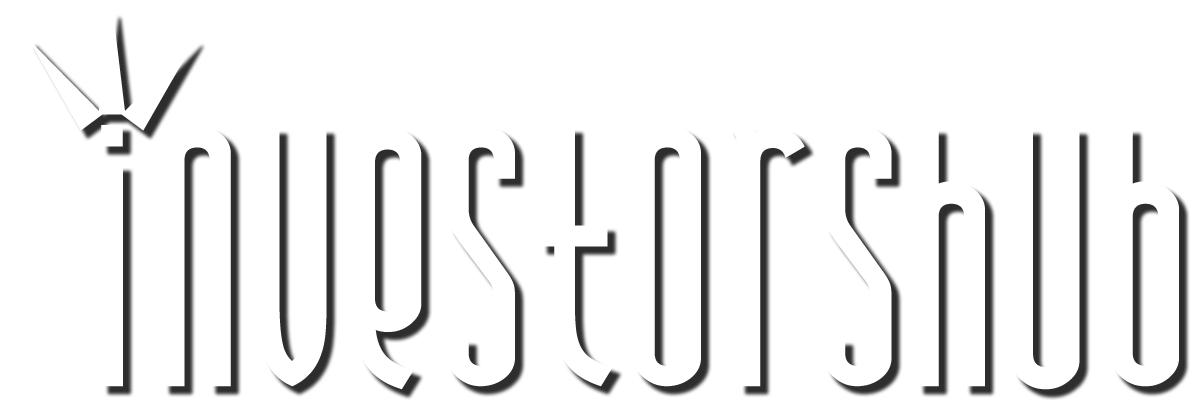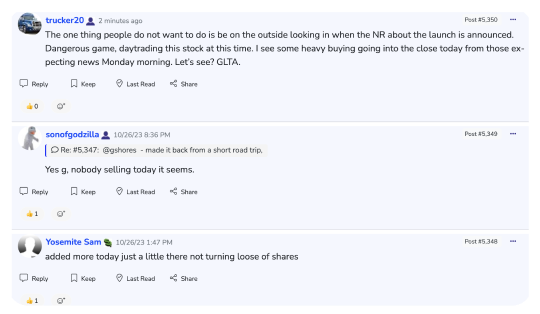| Followers | 131 |
| Posts | 201775 |
| Boards Moderated | 19 |
| Alias Born | 12/16/2002 |
Wednesday, May 14, 2014 11:59:37 PM
Need a history lesson?
Nazi sympathizers in Australia
Post Number:#1 Postby nobodyofnote on 21 Jul 2012, 07:35
Writers eager to march with our tinpot fascists
A year before World War II broke out, Robert Menzies, who was soon to become prime minister, returned from a tour of Nazi Berlin full of enthusiasm for what he had seen.
"It must be said that this modern abandonment by the Germans of individual liberty and of the easy and pleasant things of life has something rather magnificent about it." Historian Manning Clark also visited Germany and said right up until we declared war that the Nazi government must be given the benefit of the doubt.
This is not to say Menzies or Clark were fascists, but before the war many Australians had an uncritical attitude towards the dictatorships of Hitler and Mussolini in Italy. A right-wing organisation, the New Guard, established in the early 1930s, soon had up to 90,000 followers, its most notorious today being Francis de Groot, the sabre-wielding upstager of the opening of the Sydney Harbour Bridge in 1932, though as the group became more Italian fascist in character it lost so many members that by 1938 it was in hibernation.
But some Australians eagerly embraced fascism and David Bird's Nazi Dreamtime tells the stories of this small group of misfits, boofheads and eccentrics who interpreted Nazi ideology in such weird ways that at times it was as if Mein Kampf had been rewritten by Lewis Carroll.
The central figure in this movement, which eventually evolved into the fascist Australia First party, was Percy Stephensen, a Rhodes scholar, former school teacher turned publisher, ultra-nationalist and right-wing ideologue.
Known as Inky, he had a commanding presence, was a vivid conversationalist and wore a toothbrush moustache. In 1936 he wrote The Foundations of Culture in Australia, an influential book that rejected modernism and promoted his ideas of an aggressive nationalist culture that would reinvigorate the bush ethos of the 1890s. A few years later he was instrumental in the publication of Xavier Herbert's Capricornia, a prime example of what Inky called Australianity.
Stephensen became a guru to Australian authors drawn to his nationalist creed. Many belonged to a strange, motley group of poets, the Jindyworobak movement, which came into being in the late 30s as a political and cultural movement against internationalism and quickly gained a reputation for its extreme nationalism, isolationism and, for the period, an uncommon affinity for Aborigines. They thought a truly Australian culture could be created only by assimilating the spirit of Aboriginal culture and identifying with its Dreamtime and in this endeavour they baffled readers by splicing Aboriginal words and images into their poems.
As far as these Nazi dreamers were concerned life originated in Australia and the Aborigines, who were the oldest Aryans, migrated to India, then on to Europe via the Caucasus, where Caucasians originated. In other words, whites and Aborigines were blood brothers and Europeans were returning to their genetic source. It was only natural that ancient and new Aryan peoples assimilated.
Poet Ian Mudie aimed to become a "white blackfellow". German Nazis would have been appalled that far from despising non-Aryan races these Australian fascists took the then unpopular stand of protesting against the callous treatment of Aborigines. Stephensen even became the driving force behind the famous Aboriginal "day of mourning and protest" in Sydney on Australia Day 1938. If these views of Aborigines were unique for Nazis then the other aspects of the movement were not so. Like the Germans, they abhorred communists and Jews (generally conflating the two). Anti-Semitism was a dark thread that ran through literary and cultural circles of the time. Norman Lindsay wrote that "if the Jew had never existed, what might not mankind have gained". Stephensen believed in a Jewish world conspiracy, as did many of his followers.
Like the Nazis, these Australians believed in the pseudo-science of eugenics and subscribed to Nietzsche's concept of the Superman who is needed to lead a nation. As such they hated the swinish masses and democracy. What a weird eclectic group they turned out to be: a railway porter, an anti-Semitic chicken farmer, a dentist, an undertaker, a gentleman farmer and several spiritualists.
But it's the literary people who intrigue. Besides Mudie, there were poets Rex Ingamells, founder of the Jindyworabaks, and Alister Kershaw, who identified with the British fascist leader Oswald Mosley, and on the fringes novelist Miles Franklin, who was Mudie's mentor, and the opportunistic Herbert. There was also Adela Pankhurst, youngest daughter of the suffragette Emmeline Pankhurst, as well as academics, one of whom was Augustin Lodewyckx, a University of Melbourne don whose daughter was to marry Clark. Australia's most celebrated historian described Stephensen as a secular prophet.
Stephensen wove nationalism and fascism together, declaring that "You cannot claim to be more Australian than I, for I am an Australian National Socialist". By late 1941 he was convinced that the Germans were going to win the war so he founded the fascistic Australian First party. Far from having stormtrooper tendencies, these armchair Nazis didn't like the grubby real world of politics and were not interested in violence. They held several desultory public meetings, the last of which was broken up by left-wing thugs.
The government banned the party in early 1942 and interned 16 members including Stephensen. Strangely, the poets and writers avoided a similar fate - which probably goes to show just how little the literary world meant to the security services.
Very few writers emerge from this period with any integrity. One who does is poet A. D. Hope, who savaged an anthology of the Jindyworobaks, detecting its anti-democratic bias and its fascist-like dogma.
Source: http://www.theaustralian.com.au/arts/re ... 6429989170 (The Australian, 21st July 2012).nobodyofnote
http://forum.axishistory.com/viewtopic.php?f=33&t=190997
Nazi sympathizers in Australia
Post Number:#1 Postby nobodyofnote on 21 Jul 2012, 07:35
Writers eager to march with our tinpot fascists
A year before World War II broke out, Robert Menzies, who was soon to become prime minister, returned from a tour of Nazi Berlin full of enthusiasm for what he had seen.
"It must be said that this modern abandonment by the Germans of individual liberty and of the easy and pleasant things of life has something rather magnificent about it." Historian Manning Clark also visited Germany and said right up until we declared war that the Nazi government must be given the benefit of the doubt.
This is not to say Menzies or Clark were fascists, but before the war many Australians had an uncritical attitude towards the dictatorships of Hitler and Mussolini in Italy. A right-wing organisation, the New Guard, established in the early 1930s, soon had up to 90,000 followers, its most notorious today being Francis de Groot, the sabre-wielding upstager of the opening of the Sydney Harbour Bridge in 1932, though as the group became more Italian fascist in character it lost so many members that by 1938 it was in hibernation.
But some Australians eagerly embraced fascism and David Bird's Nazi Dreamtime tells the stories of this small group of misfits, boofheads and eccentrics who interpreted Nazi ideology in such weird ways that at times it was as if Mein Kampf had been rewritten by Lewis Carroll.
The central figure in this movement, which eventually evolved into the fascist Australia First party, was Percy Stephensen, a Rhodes scholar, former school teacher turned publisher, ultra-nationalist and right-wing ideologue.
Known as Inky, he had a commanding presence, was a vivid conversationalist and wore a toothbrush moustache. In 1936 he wrote The Foundations of Culture in Australia, an influential book that rejected modernism and promoted his ideas of an aggressive nationalist culture that would reinvigorate the bush ethos of the 1890s. A few years later he was instrumental in the publication of Xavier Herbert's Capricornia, a prime example of what Inky called Australianity.
Stephensen became a guru to Australian authors drawn to his nationalist creed. Many belonged to a strange, motley group of poets, the Jindyworobak movement, which came into being in the late 30s as a political and cultural movement against internationalism and quickly gained a reputation for its extreme nationalism, isolationism and, for the period, an uncommon affinity for Aborigines. They thought a truly Australian culture could be created only by assimilating the spirit of Aboriginal culture and identifying with its Dreamtime and in this endeavour they baffled readers by splicing Aboriginal words and images into their poems.
As far as these Nazi dreamers were concerned life originated in Australia and the Aborigines, who were the oldest Aryans, migrated to India, then on to Europe via the Caucasus, where Caucasians originated. In other words, whites and Aborigines were blood brothers and Europeans were returning to their genetic source. It was only natural that ancient and new Aryan peoples assimilated.
Poet Ian Mudie aimed to become a "white blackfellow". German Nazis would have been appalled that far from despising non-Aryan races these Australian fascists took the then unpopular stand of protesting against the callous treatment of Aborigines. Stephensen even became the driving force behind the famous Aboriginal "day of mourning and protest" in Sydney on Australia Day 1938. If these views of Aborigines were unique for Nazis then the other aspects of the movement were not so. Like the Germans, they abhorred communists and Jews (generally conflating the two). Anti-Semitism was a dark thread that ran through literary and cultural circles of the time. Norman Lindsay wrote that "if the Jew had never existed, what might not mankind have gained". Stephensen believed in a Jewish world conspiracy, as did many of his followers.
Like the Nazis, these Australians believed in the pseudo-science of eugenics and subscribed to Nietzsche's concept of the Superman who is needed to lead a nation. As such they hated the swinish masses and democracy. What a weird eclectic group they turned out to be: a railway porter, an anti-Semitic chicken farmer, a dentist, an undertaker, a gentleman farmer and several spiritualists.
But it's the literary people who intrigue. Besides Mudie, there were poets Rex Ingamells, founder of the Jindyworabaks, and Alister Kershaw, who identified with the British fascist leader Oswald Mosley, and on the fringes novelist Miles Franklin, who was Mudie's mentor, and the opportunistic Herbert. There was also Adela Pankhurst, youngest daughter of the suffragette Emmeline Pankhurst, as well as academics, one of whom was Augustin Lodewyckx, a University of Melbourne don whose daughter was to marry Clark. Australia's most celebrated historian described Stephensen as a secular prophet.
Stephensen wove nationalism and fascism together, declaring that "You cannot claim to be more Australian than I, for I am an Australian National Socialist". By late 1941 he was convinced that the Germans were going to win the war so he founded the fascistic Australian First party. Far from having stormtrooper tendencies, these armchair Nazis didn't like the grubby real world of politics and were not interested in violence. They held several desultory public meetings, the last of which was broken up by left-wing thugs.
The government banned the party in early 1942 and interned 16 members including Stephensen. Strangely, the poets and writers avoided a similar fate - which probably goes to show just how little the literary world meant to the security services.
Very few writers emerge from this period with any integrity. One who does is poet A. D. Hope, who savaged an anthology of the Jindyworobaks, detecting its anti-democratic bias and its fascist-like dogma.
Source: http://www.theaustralian.com.au/arts/re ... 6429989170 (The Australian, 21st July 2012).nobodyofnote
http://forum.axishistory.com/viewtopic.php?f=33&t=190997
Join the InvestorsHub Community
Register for free to join our community of investors and share your ideas. You will also get access to streaming quotes, interactive charts, trades, portfolio, live options flow and more tools.








